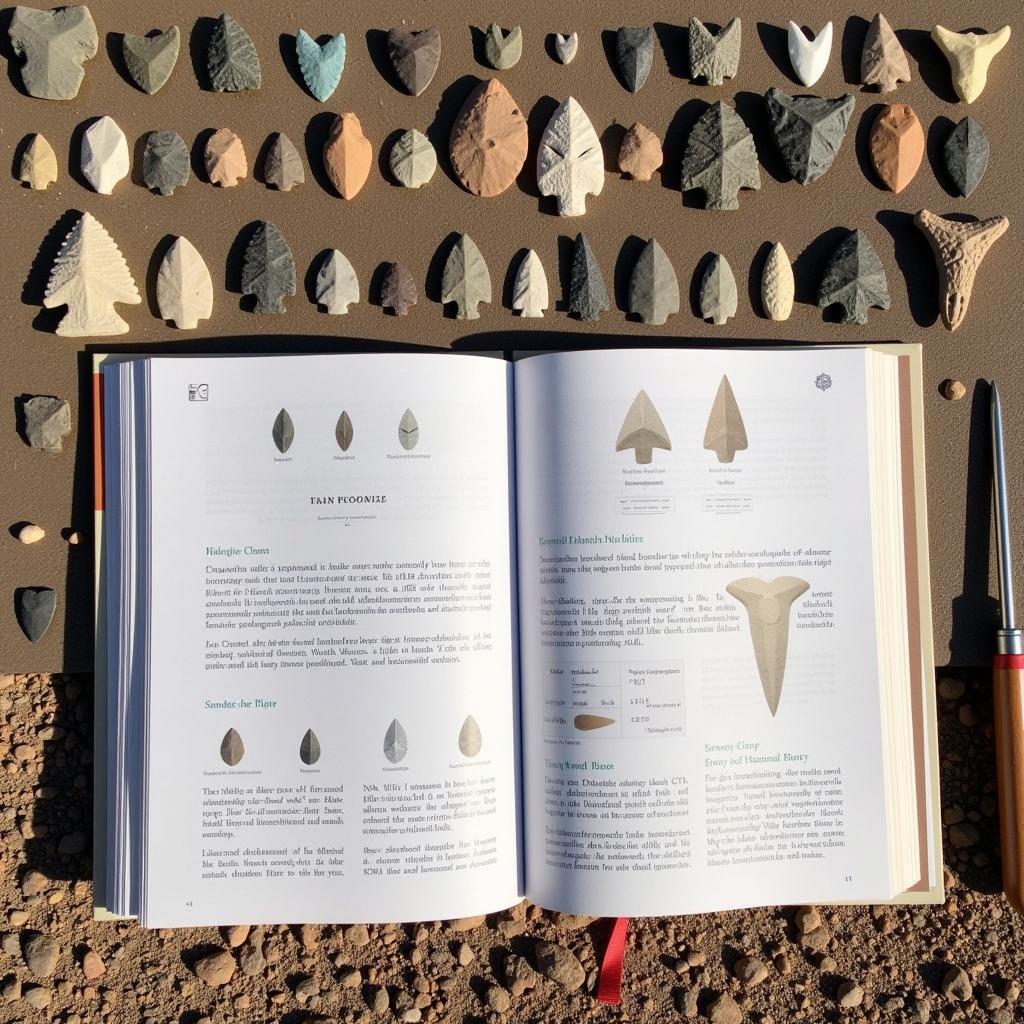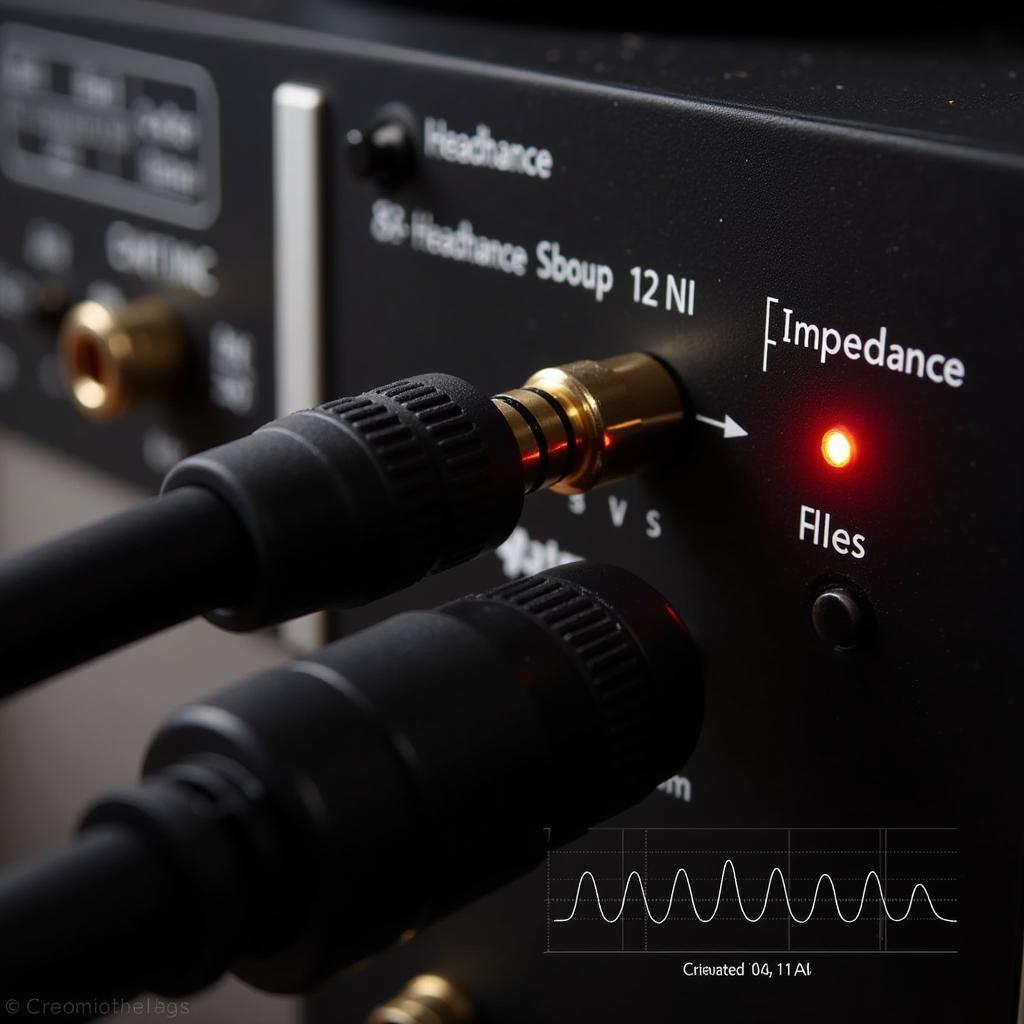Unleash Your Inner Artist: Exploring the World of Arrowhead Art
Arrowhead Art represents a fascinating intersection of history, craftsmanship, and artistic expression. From ancient hunting tools to contemporary art forms, arrowheads have captivated human imagination for millennia. This article delves into the diverse world of arrowhead art, exploring its history, techniques, and modern interpretations. We’ll discover the rich heritage behind these pointed artifacts and the creative possibilities they offer today. Learn about flint knapping, arrowhead identification, and even how arrowhead motifs are used in modern design.
A Journey Through Time: The History of Arrowhead Art
Arrowheads are more than just sharp objects; they are testaments to human ingenuity and survival. Their evolution reflects technological advancements and cultural shifts across different eras and geographical locations. Initially crafted for hunting and warfare, arrowheads gradually became symbols of status, power, and even spiritual significance. Certain cultures incorporated intricate designs and embellishments, transforming functional tools into works of art.
From the earliest crudely chipped stones to the finely crafted points of later periods, arrowhead designs evolved significantly. Materials used ranged from common flint and obsidian to more exotic materials like quartz and petrified wood. The techniques employed, such as pressure flaking and percussion flaking, also developed in sophistication, resulting in more refined and effective projectile points.
Crafting Arrowheads: The Art of Flint Knapping
Flint knapping, the ancient art of shaping stone into tools and weapons, is a skill that demands patience, precision, and a deep understanding of the material. This traditional craft involves carefully chipping away at a piece of flint or other suitable stone using a variety of tools, including antler tines, copper billets, and pressure flakers. The knapper skillfully directs force and pressure to shape the stone into the desired form, creating sharp edges and a pointed tip. Today, flint knapping is experiencing a resurgence, with enthusiasts keeping the tradition alive and creating both functional arrowheads and artistic pieces. Want to learn more about flint knapping? Check out flint knapping art.
Arrowhead Art in the Modern World
Arrowhead motifs continue to inspire artists and designers in the modern world. From jewelry and tattoos to paintings and sculptures, the arrowhead’s symbolic power and aesthetic appeal remain strong. Contemporary artists are reinterpreting the traditional form, incorporating new materials and techniques to create unique and evocative pieces. The arrowhead’s sharp lines and triangular shape lend themselves well to minimalist and geometric designs, while its historical significance adds depth and meaning to artwork.
What are some common arrowhead designs?
Common arrowhead designs include stemmed points, notched points, and triangular points. Each design has its own unique characteristics and advantages, reflecting the specific needs and preferences of the cultures that created them. Arrowhead identification can be a complex process, but resources are available for those interested in learning more.
Where can I learn more about arrowhead art?
You can explore the Arrowhead Center for the Arts, a valuable resource for learning about arrowheads and related art forms. Explore the Chiefs art inspired by arrowheads at chiefs art.
How can I start collecting arrowheads?
Research local regulations regarding arrowhead collecting, as laws vary by region. Join online communities and forums to connect with other enthusiasts. You can also explore arrowhead center for the arts.
 Arrowhead Identification Guide and Collecting Tips
Arrowhead Identification Guide and Collecting Tips
Conclusion
Arrowhead art encompasses a rich history, skilled craftsmanship, and enduring symbolism. From the practical tools of our ancestors to the artistic expressions of today, arrowheads continue to fascinate and inspire. By exploring the world of arrowhead art, we gain a deeper appreciation for human ingenuity and the enduring power of artistic expression. Interested in diamond art featuring arrowheads? Check out chiefs diamond art.
FAQ
-
What is the most common material used for arrowheads? Flint is one of the most commonly used materials for arrowheads due to its availability and the ease with which it can be knapped.
-
How are arrowheads made? Arrowheads are typically made through a process called flint knapping, which involves carefully chipping away at a piece of stone using various tools.
-
What is the significance of arrowhead art? Arrowhead art represents a blend of functionality, craftsmanship, and cultural significance, reflecting the ingenuity and traditions of different societies.
-
Where can I find authentic arrowheads? You can find authentic arrowheads through reputable dealers, auctions, or by researching local regulations regarding collecting.
-
How can I identify different types of arrowheads? Numerous resources, including books and online guides, provide detailed information on arrowhead identification based on shape, size, and material.
-
What is the difference between pressure flaking and percussion flaking? Pressure flaking involves applying precise pressure to remove small flakes of stone, while percussion flaking uses a striking tool to chip away larger pieces.
-
Are arrowheads still made today? Yes, flint knapping is experiencing a revival, with modern knappers creating both functional arrowheads and artistic pieces.
When you need assistance, please contact Phone Number: 02462573573, Email: danteum@gmail.com Or visit our address: Savico Megamall, 7-9 Đ. Nguyễn Văn Linh, Gia Thụy, Long Biên, Hà Nội 10000, Việt Nam. We have a 24/7 customer support team.

